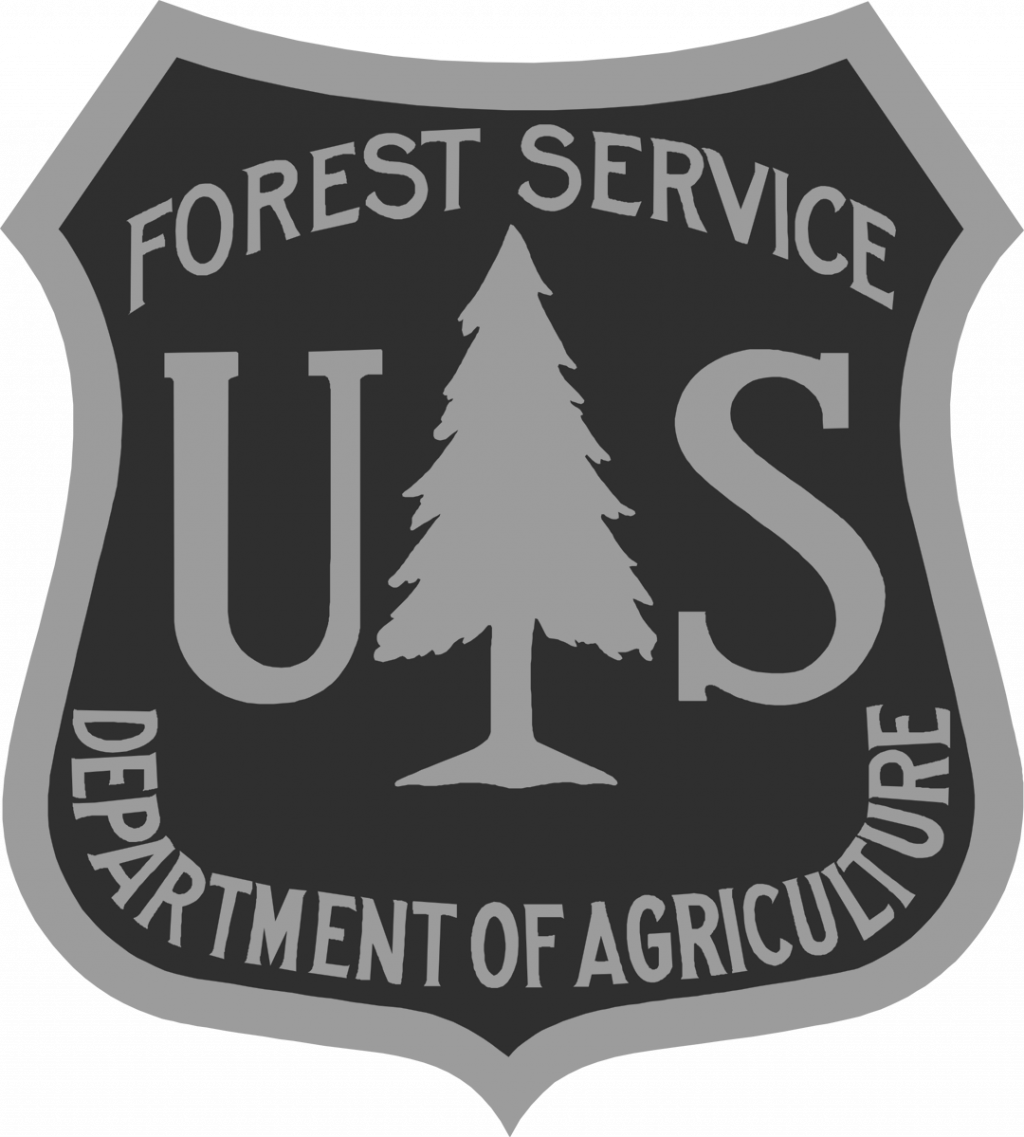Land, Water and People: The value of public lands grazing

As many readers of this column know, national forests are managed for multiple uses. The Forest Service mission captures the concept well: To sustain the health, diversity, and productivity of the Nation's forests and grasslands to meet the needs of present and future generations. We’ve spent a lot of time in this column discussing management of timber, wildland fire and recreation, but not so much time on rangeland management and grazing. Recently, a few Rio Grande National Forest range managers put their heads together to provide the following.
Grazing management has changed a lot over the years on the Rio Grande National Forest. In the late 1800’s, hundreds of thousands of cattle and sheep used to be grazed in the mountains. Written historic reports tell of how this unregulated grazing severely impacted the land and water resources.
Over time, the number of cattle and sheep grazing on the Forest has been greatly reduced and the land has started to recover. Now, the number of livestock grazing in an area and the time they are allowed to graze is based on individual plans for each grazing allotment and Forest Service range managers monitor the use and condition of these rangelands every year to ensure compliance.
That is not to say that everything is perfect. Occasionally animals are left in one place too long, fences are cut, or gates are left open. Sometimes mistakes are made by permitees (livestock owners using the allotment), but other times visitors play a role. Rio Grande National Forest range managers provided some ideas for how visitors can help ensure good grazing management.
It isn’t unusual to come across domestic sheep grazing on the Forest in the summer. It is best to try not to disrupt the sheep even if they are in your path of travel. Scattering the sheep makes the herder’s job harder. It can also cause the sheep to disperse into areas where they aren’t supposed to be. If possible, it is best to walk around the band of sheep rather than through them.
Livestock protection dogs are often found assisting the sheepherder. These are working dogs used to help protect the sheep from predators. Sometimes a dog may see a recreationist as a predator, so it is best to keep calm and quiet when around them. If on a bike, stop, dismount, and keep the bike between you and the dog until you are well past the sheep. Avoid making aggressive movements or yelling at the dog(s) or sheep. If a dog approaches, yell “go back” or “no”, and never try to outrun the dog.
Fences are used for a variety of purposes on the Forest including to help confine livestock to specific areas. These fences do not disrupt wildlife movement, but some people feel they impact their personal movement and cut them. Cutting a fence undermines grazing management by letting livestock into protected areas or areas where resources are not yet ready to be grazed. Gates are built into fences to allow movement along common travel ways and it is best to leave the gate the way you found it. Close it after you pass through if it was closed, or leave it open if it was open.
While many focus on the negative aspects associated with livestock grazing there are beneficial aspects too. On the most basic level, livestock grazing converts grasses and other vegetation into products such as meat and fiber. Livestock grazing assists with nutrient cycling by breaking down the lignin in vegetation in their stomachs and then, um, leaving nutritious deposits on the landscape. Additionally, most water improvements created for cattle are also used by wildlife and many of the new improvements constructed are a cooperative effort between ranchers and wildlife advocates.
Some ranches that border public lands rely on grazing public lands to maintain their operations. These ranches provide wildlife habitat for many species and draws residents and tourists to the area. Without public land grazing, some of these ranches might be developed in a way that reduces wildlife habit and forever changes our local culture and bucolic vibe.
Next time you see cows or sheep grazing the forest, think of all the benefits. Everything has value once you put it into perspective.
Mike Blakeman is the public affairs officer for the San Luis Valley Public Lands Center. He spends much of his free time scrambling around the mountains with a camera in his hand.



